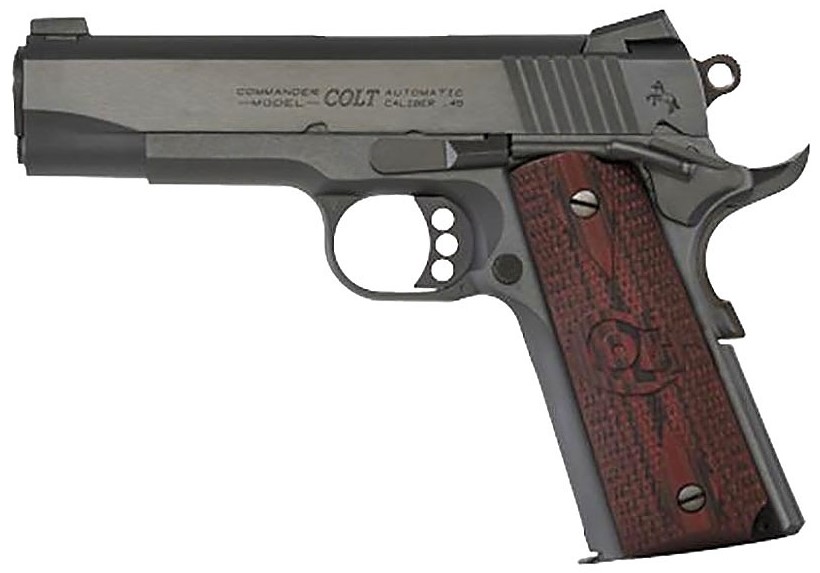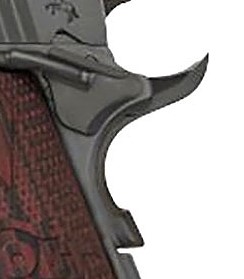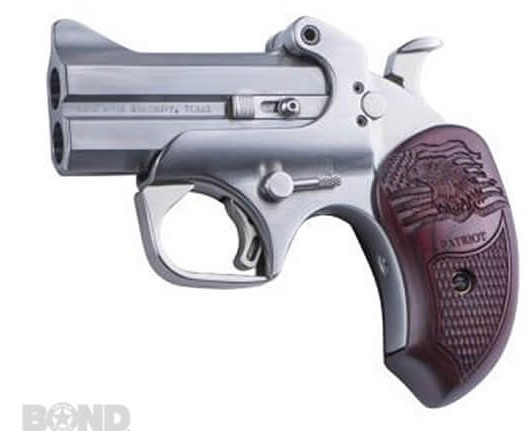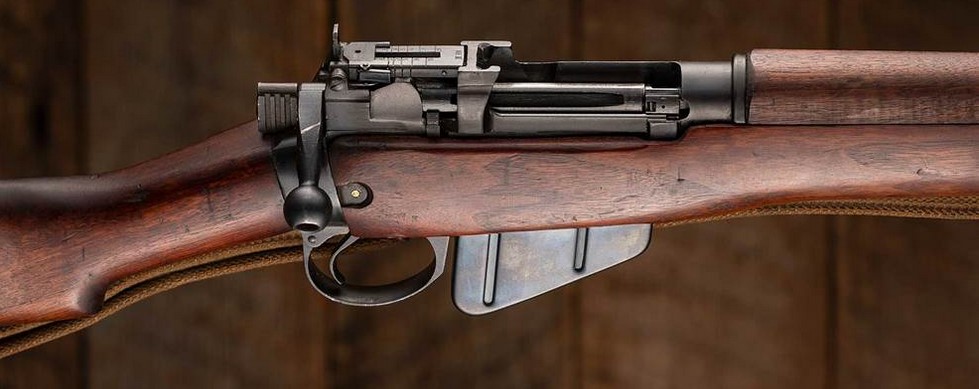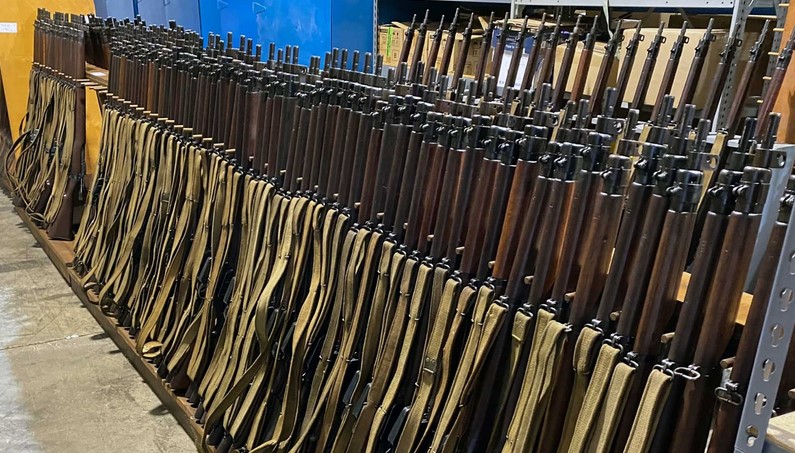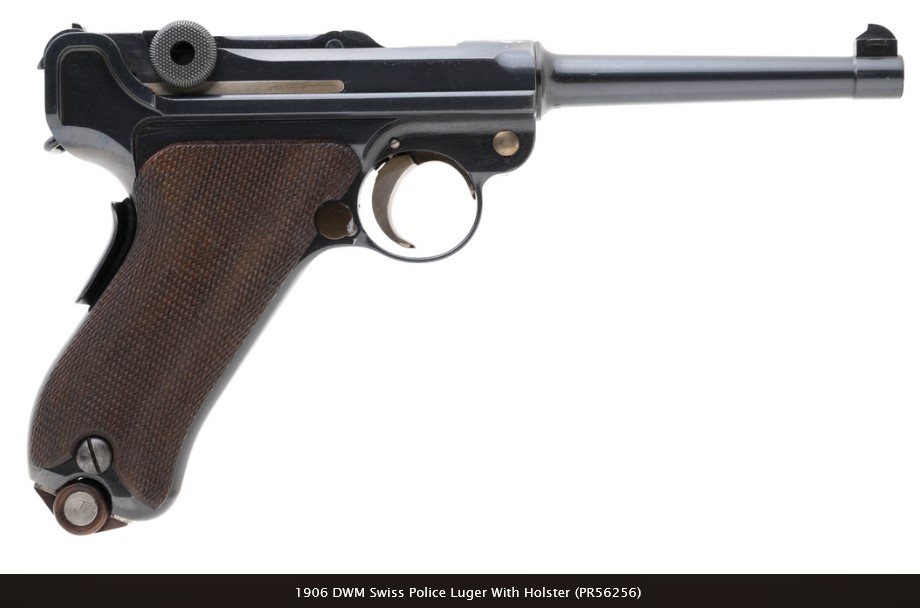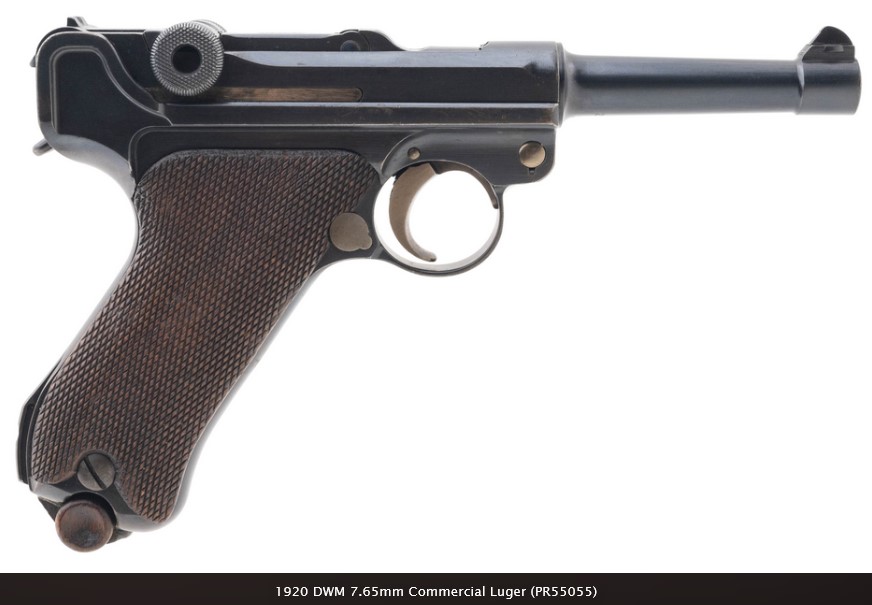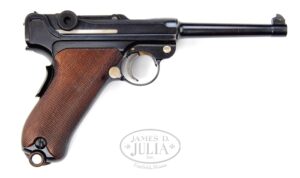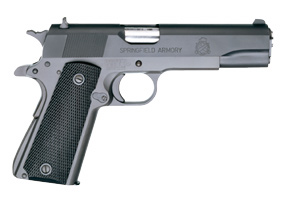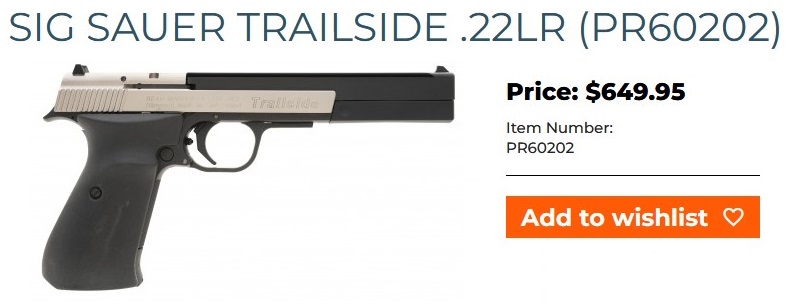Some time back I looked at the new replacements for the John Moses Browning/Dieudonné Saive P35 High Power from Springfield and EAA Girsan.
At the time, I was unaware that FN Herstal had made plans for their own replacement for the older P35, which, as Ian McCollum pointed out in his latest video on the topic, makes all sorts of sense for FN, in that it makes manufacturing less costly and more modern, and gives FN a platform for future generations of their 9mm handgun. (It would help if you watched Ian’s as-always immensely knowledgeable analysis of the new High Power compared to the older P35.)
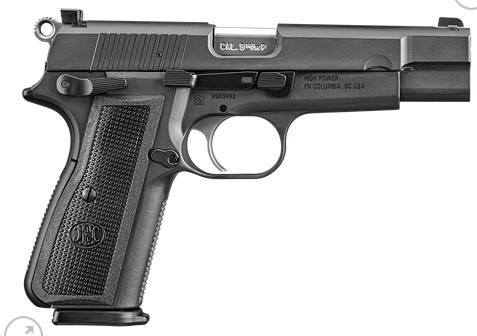
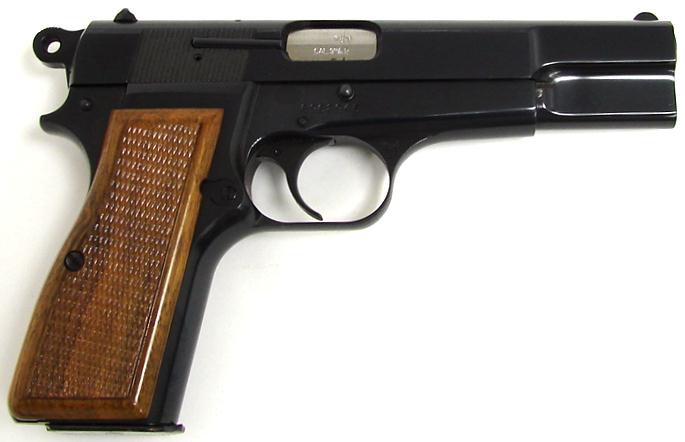
Here’s my take after watching Ian’s video: I hate the new gun with a passion. Here’s why. (To avoid confusion, I’m going to refer to the new FN gun as the High Power, and the older version as the P35.)
The new High Power is big and blocky, with an oversized grip and all sorts of changes to the P35’s disassembly process. Myself, I have never had a problem in taking the P35 apart, mostly because the process is a lot less fiddly than the (also-Browning-designed) Colt 1911. The P35’s appeal to me has always been its sexiness — that slim profile is gorgeous, it prints less in a carry holster, and mine works very well — admittedly, after a fair amount of improvement by a master gunsmith (and a reworked hammer to avoid the infamous P35 hammer bite).
I don’t care that the High Power now has a larger ammo capacity (18 vs. 13/15 rounds), because 13 rounds has always served me just fine; I’m not some SpecOps or SWAT guy, just a civilian who has always loved the P35 for all the reasons stated above.
And by the way: the High Power now has a longer (plastic ???!!!) guide rod, which means that the once-closed front end of the slide now has an ugly great hole to accommodate the longer guide rod (and did I mention it’s made of plastic?).
My knock on the old P35 has always been that it should been built to handle the .45 ACP cartridge. My suspicion is that the bigger High Power will easily do so — and mark my words, I bet that FN will soon release a .45 ACP version of the High Power.
Anyway, Ian takes the new gun for a spin, and it feeds all sorts of ammo flawlessly — although I note that he didn’t shoot any +P loads. My guess is that the High Power should handle them with ease — not always the case with the P35, or at least my P35.
Now I want you all to know that my dislike for the new FN is not rooted in my well-documented dislike of modern stuff. I just don’t think the new High Power is a proper Browning High Power, but rather a “re-imagining” (their word) of JMB/DS’s 1935 design. Which is fine, but they should have called it something else. And did I already say that the new gun is fugly?
Pass.
If I were to replace my P35 with a new-model 9mm pistol, I’d rather get a SIG 210-9:
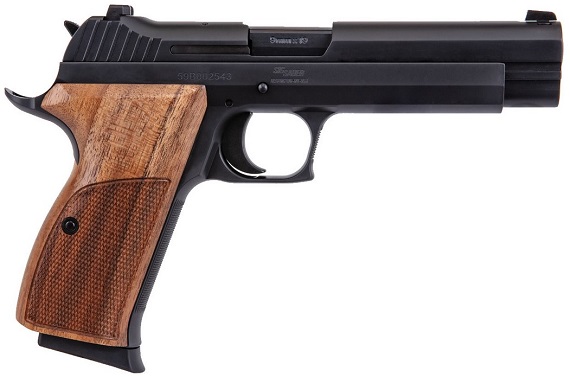
…or else a new-manufacture CZ 75 B:
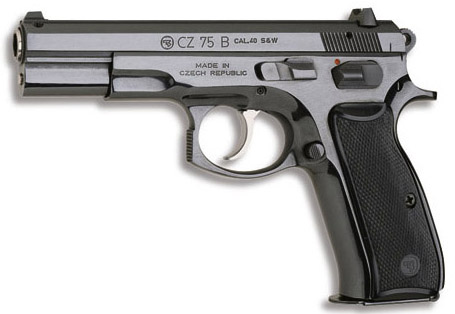
…or I’d just get a new Springfield SA-35 clone, and be satisfied:
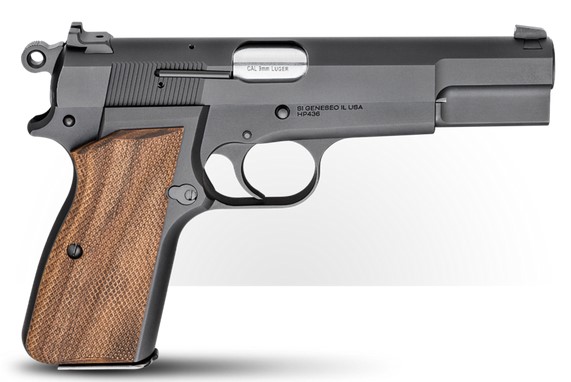
I don’t just buy guns because they can shoot well. If I did, I’d just buy a frigging fugly Glock. No, a gun has to be beautiful, and sexy, and fit my hand, and… and… well, you should know the rest by now.
Your opinions, of course, may vary. (I should point out that Ian, even though he likes the new HP, is quite sympathetic towards people of my ilk, as you can see in the first video.)


